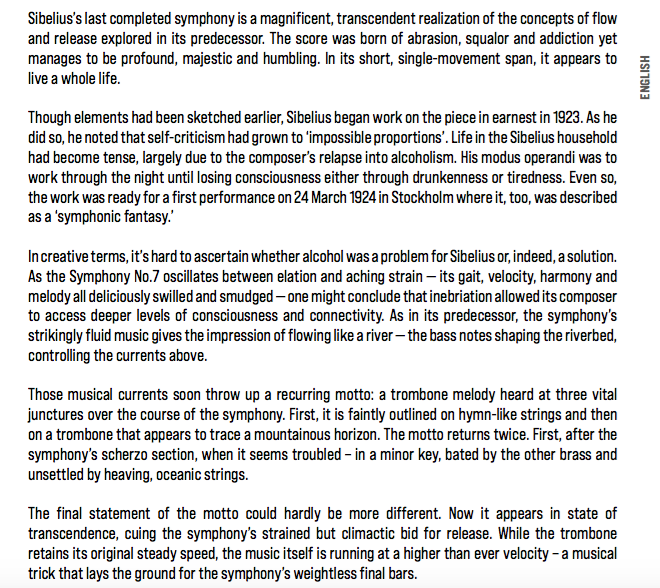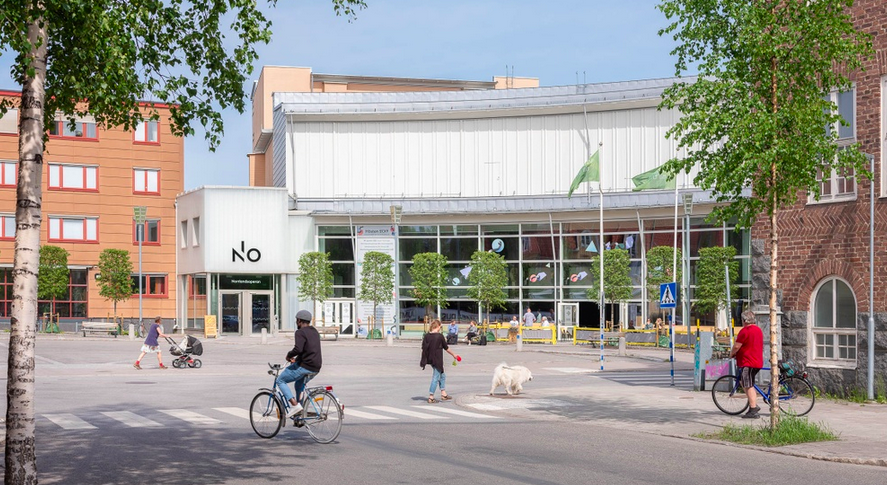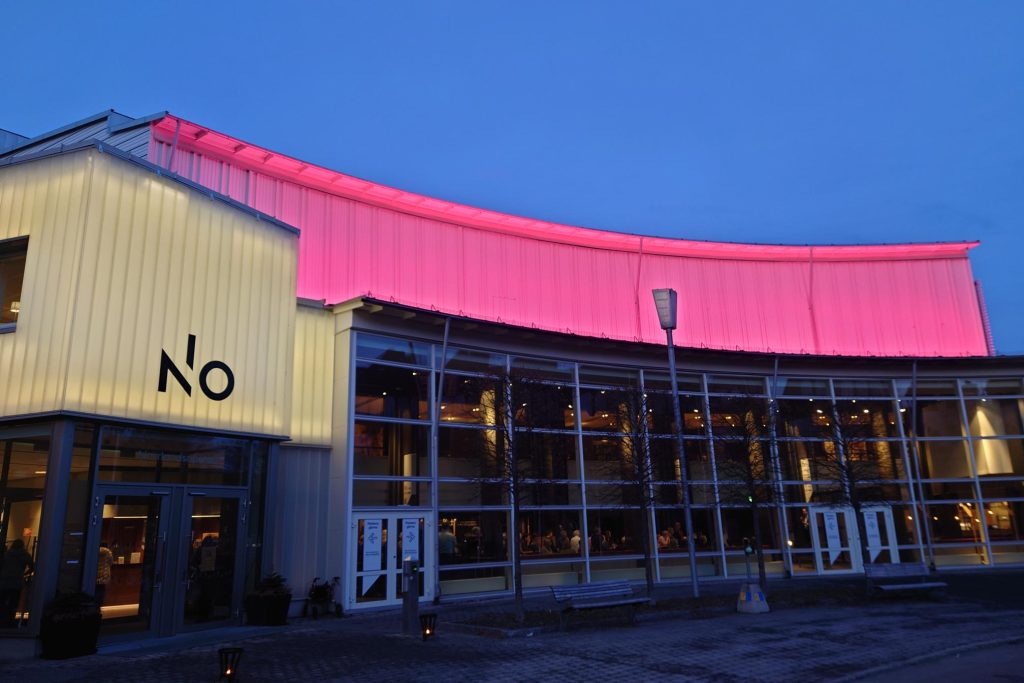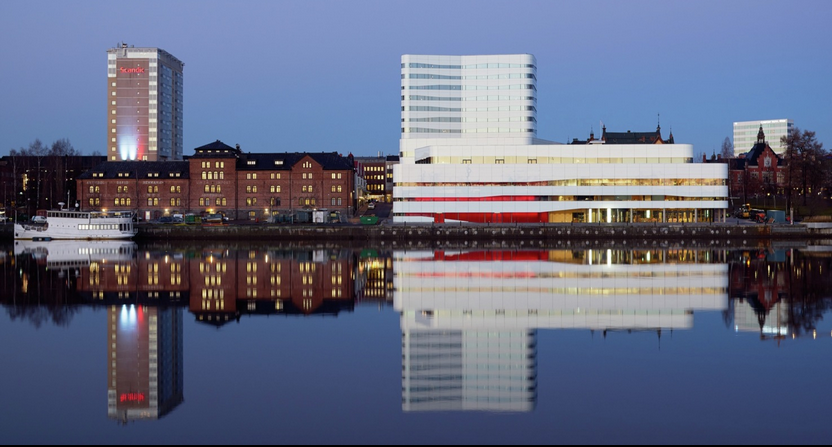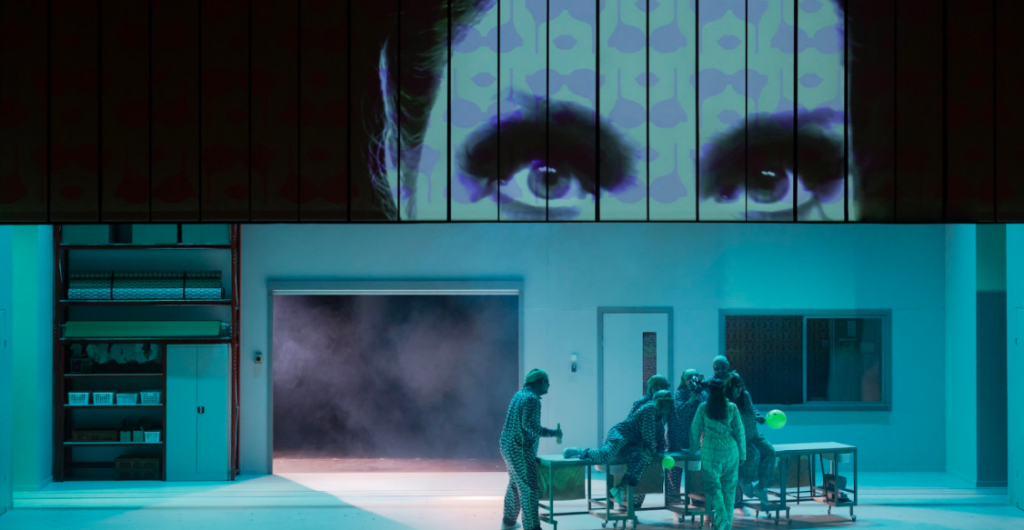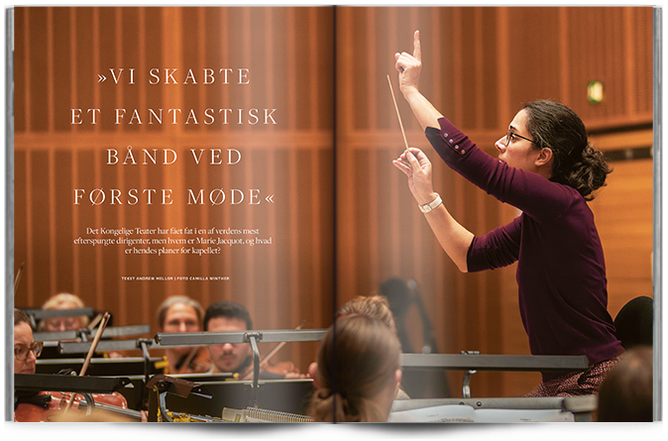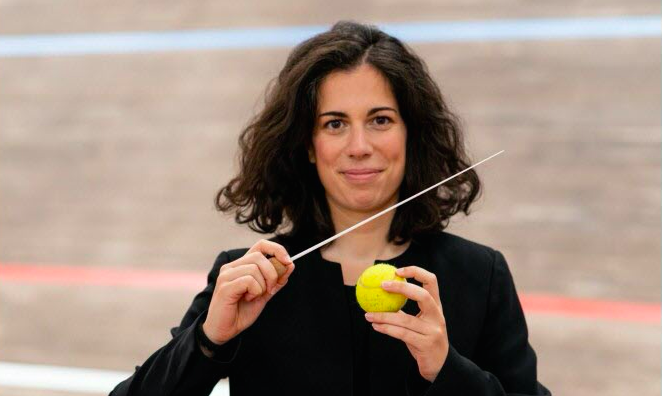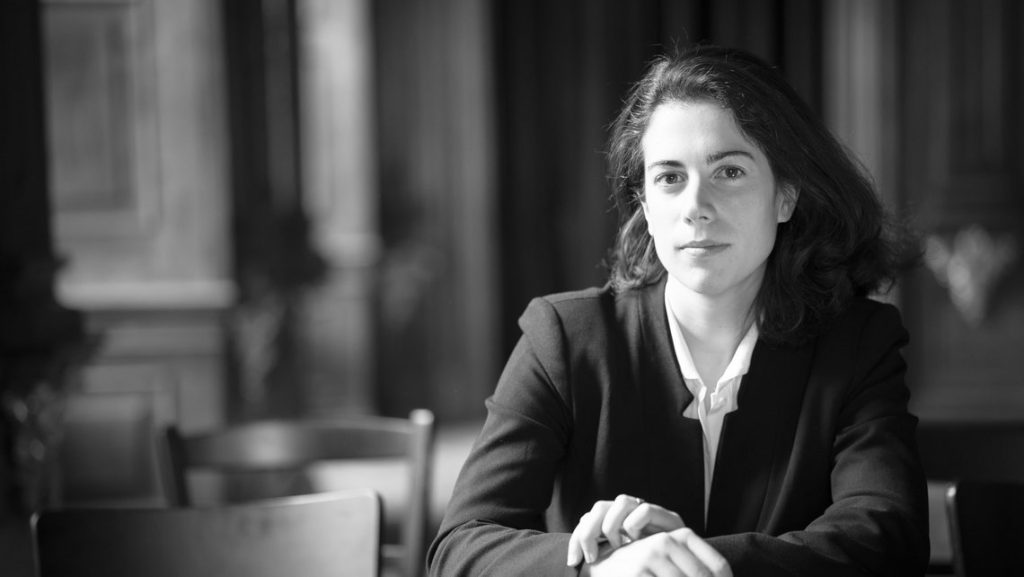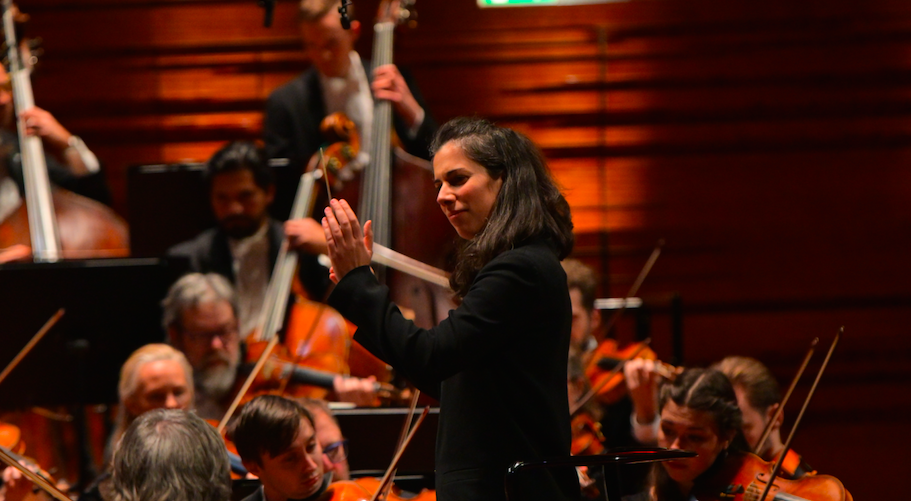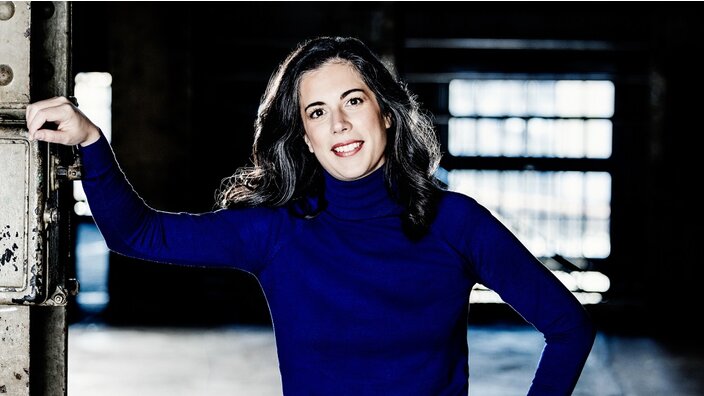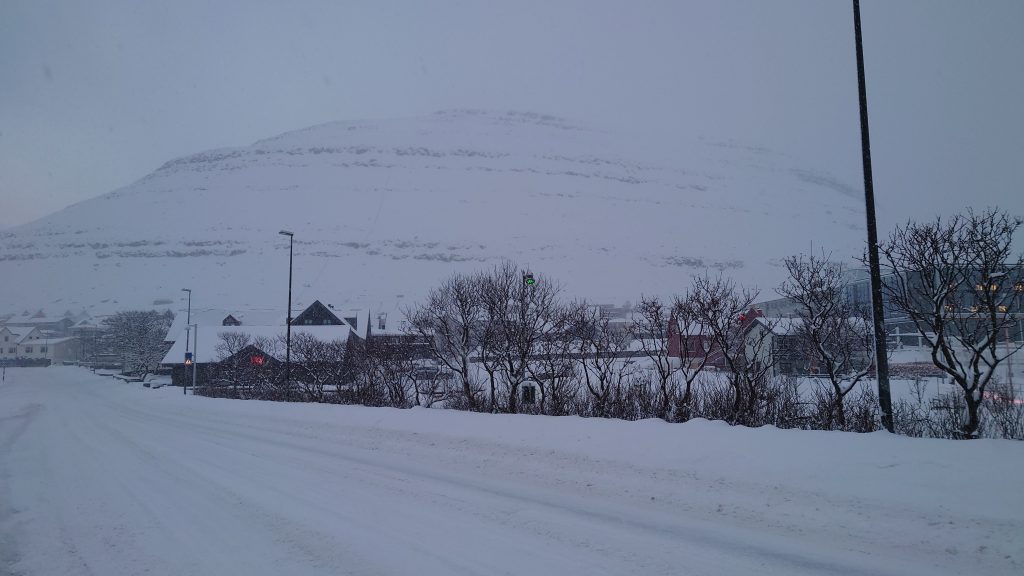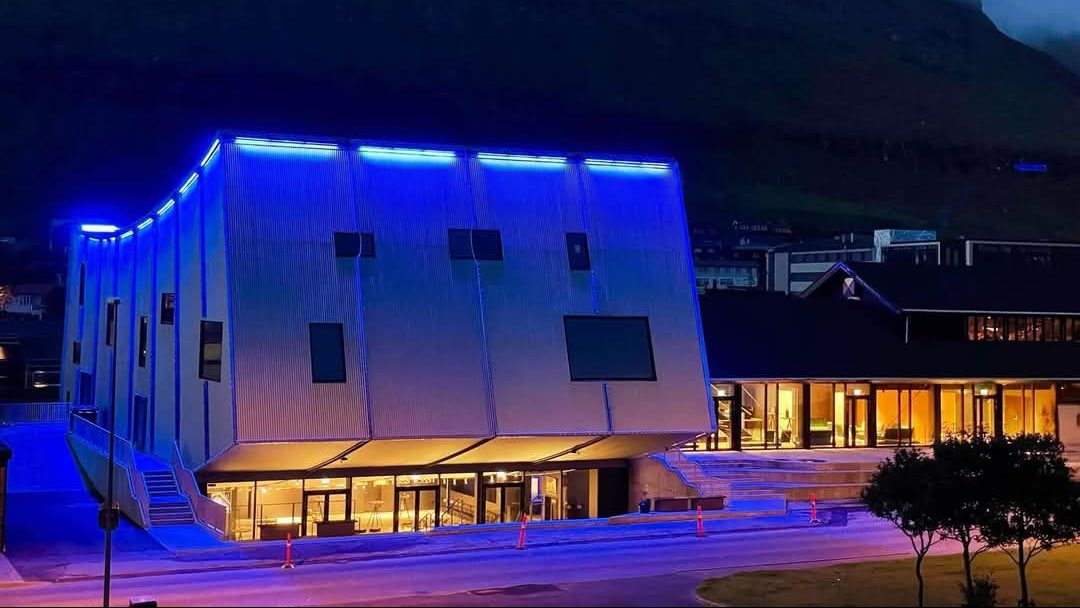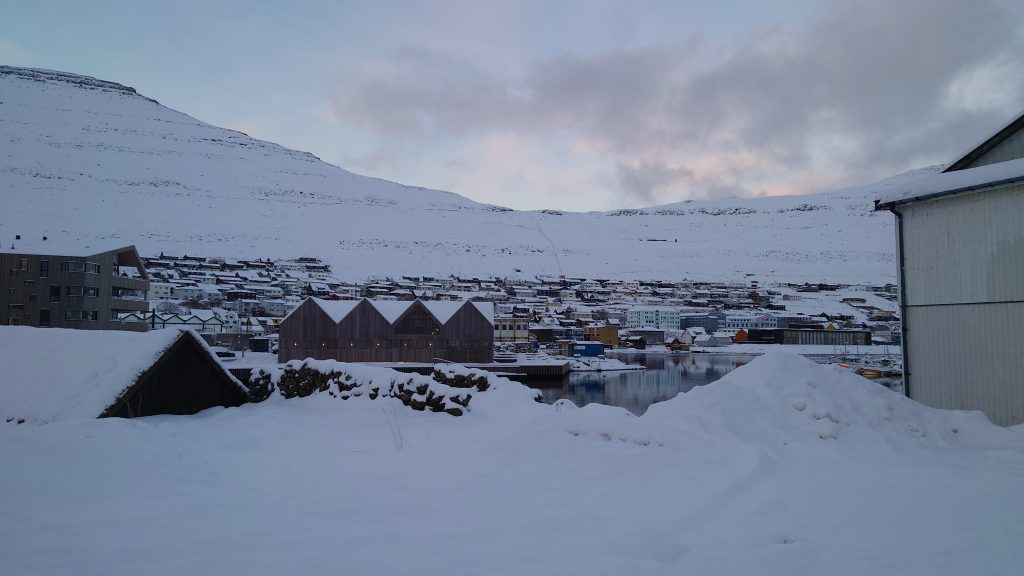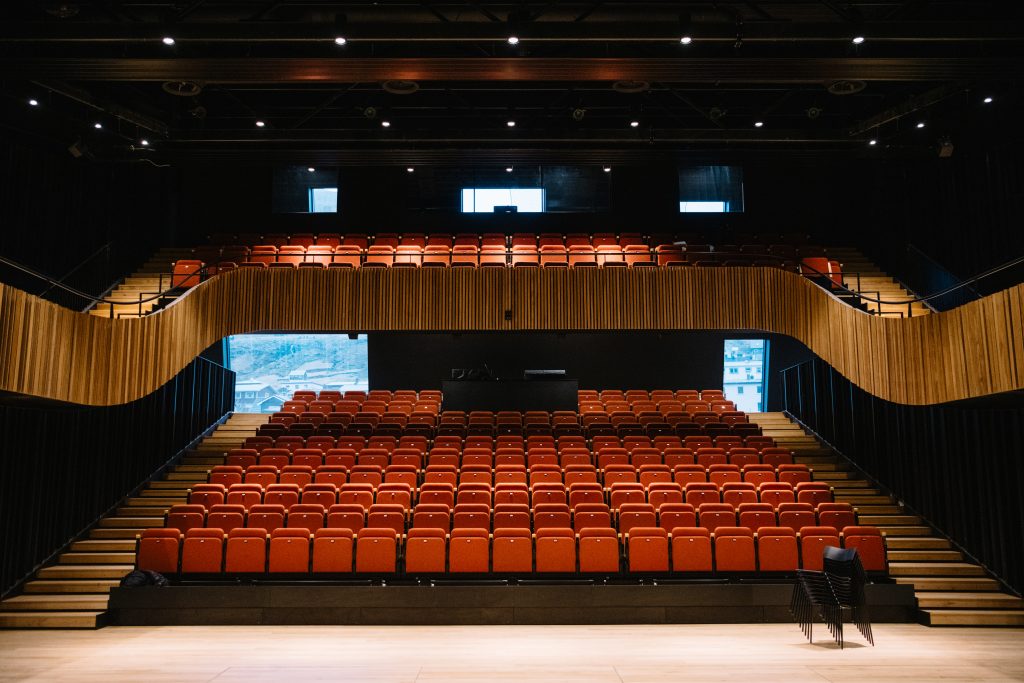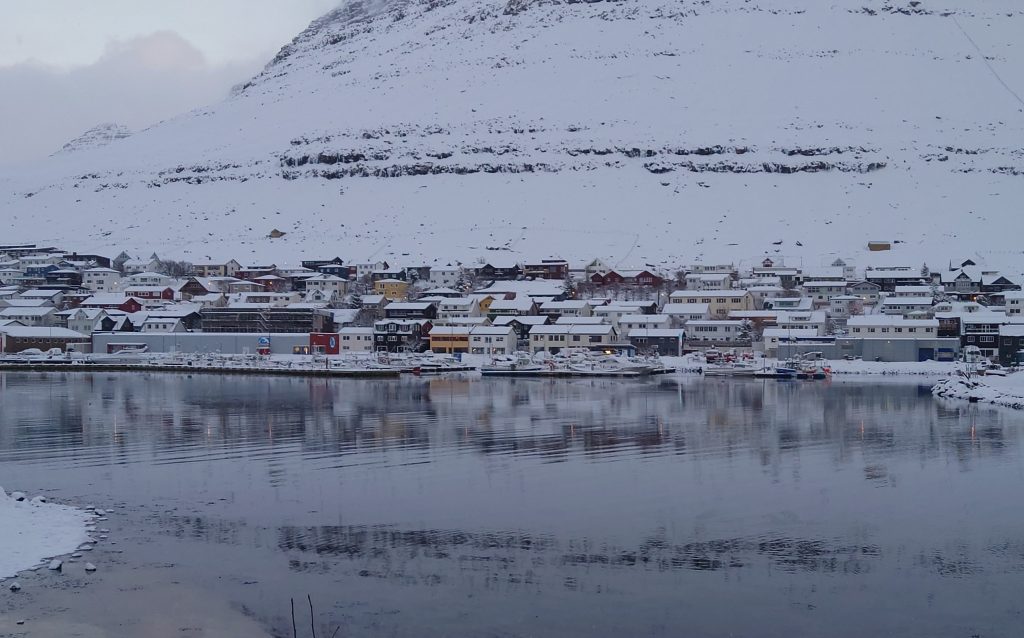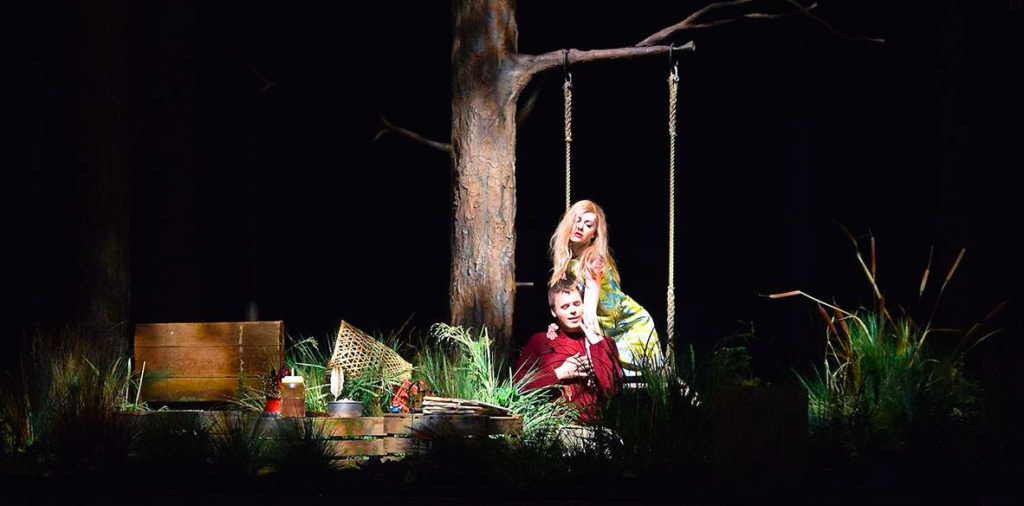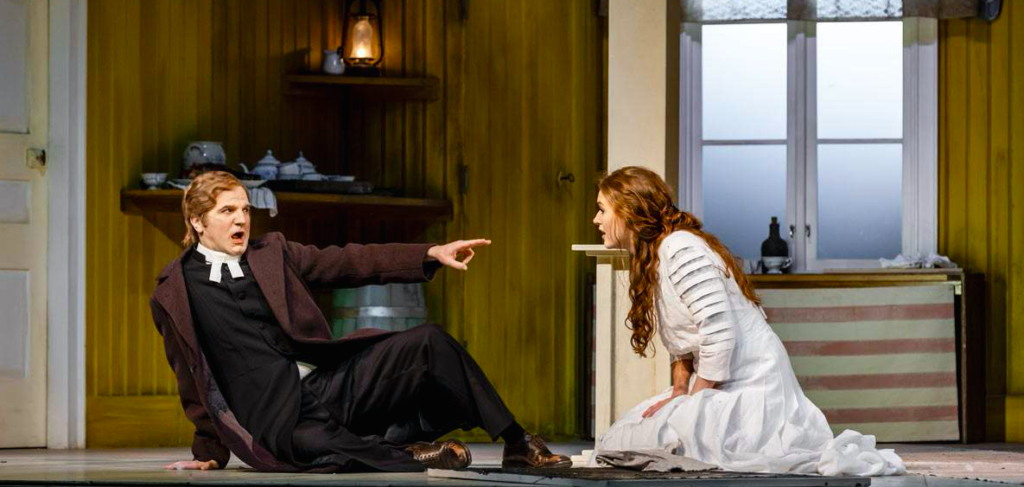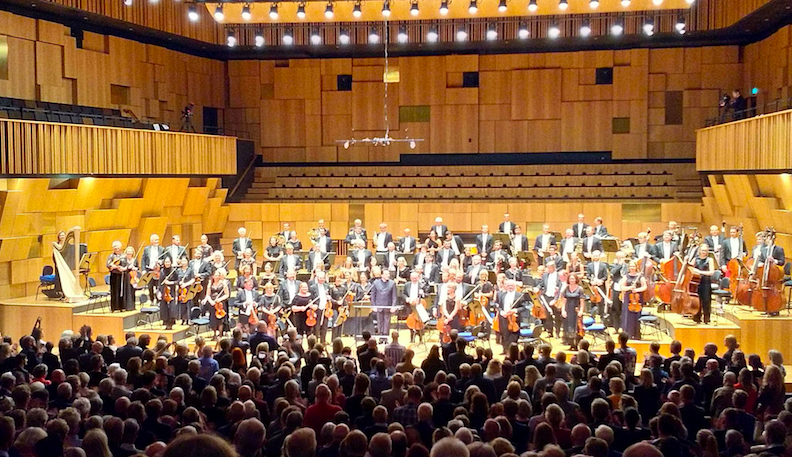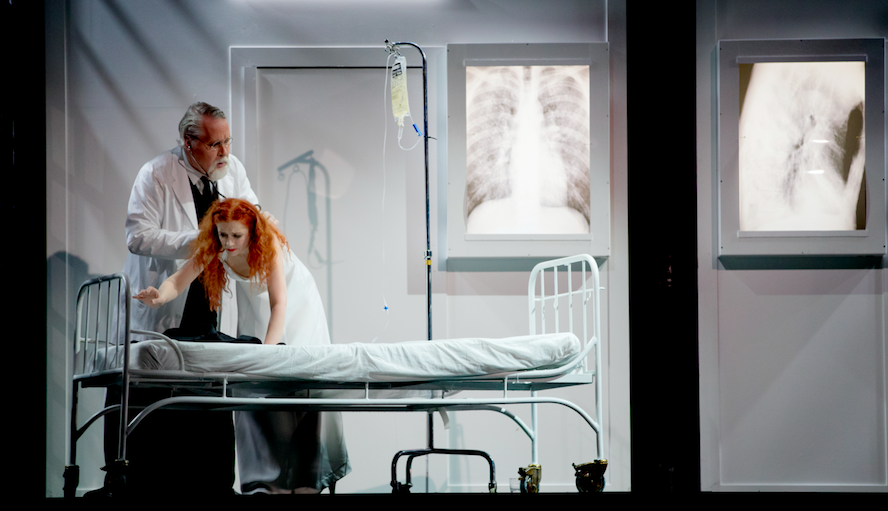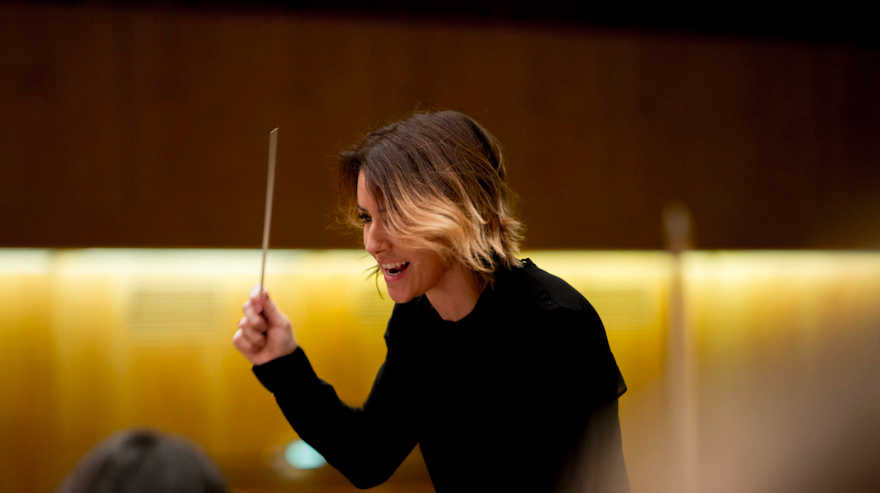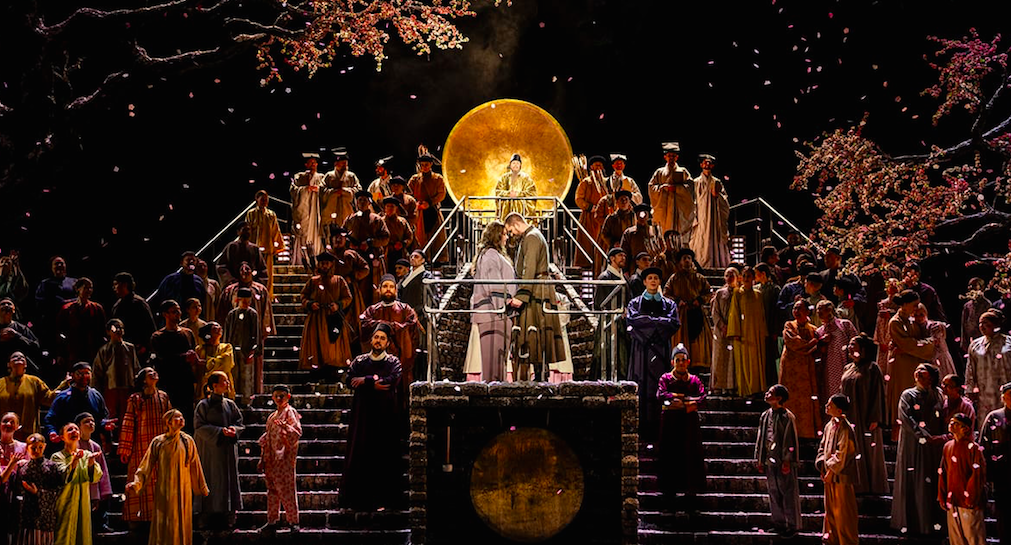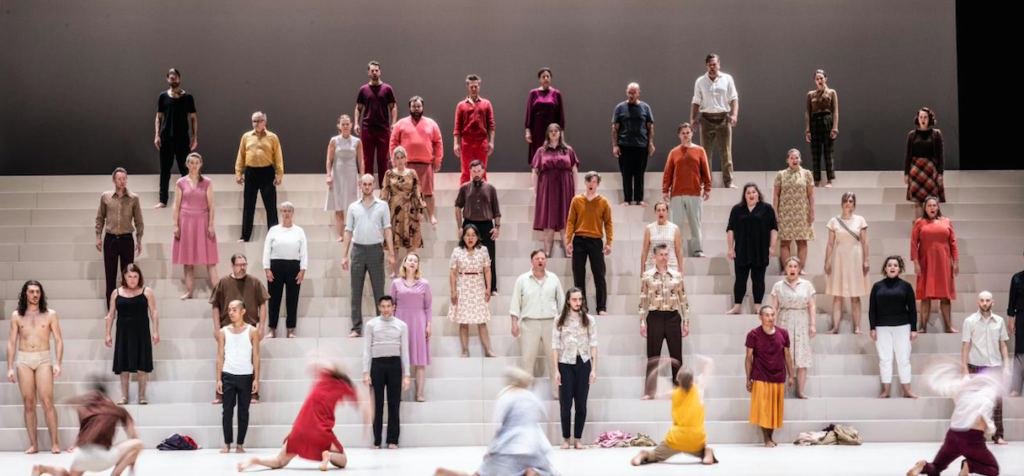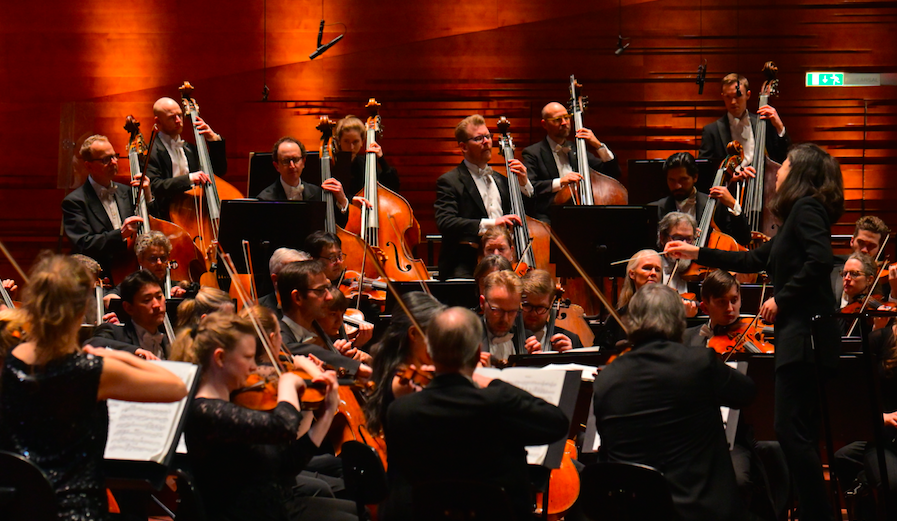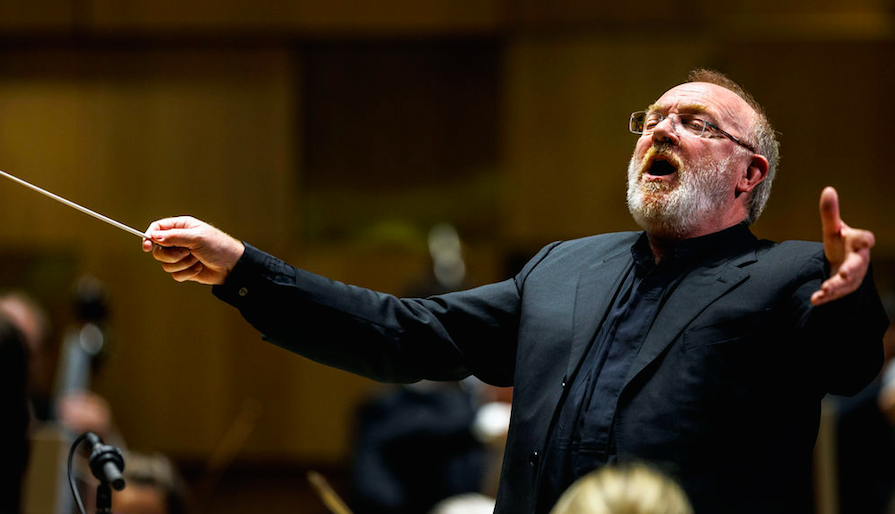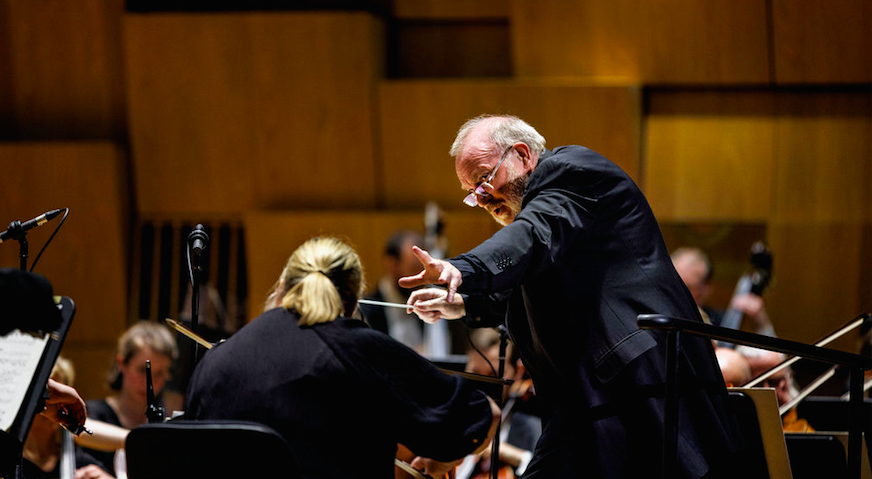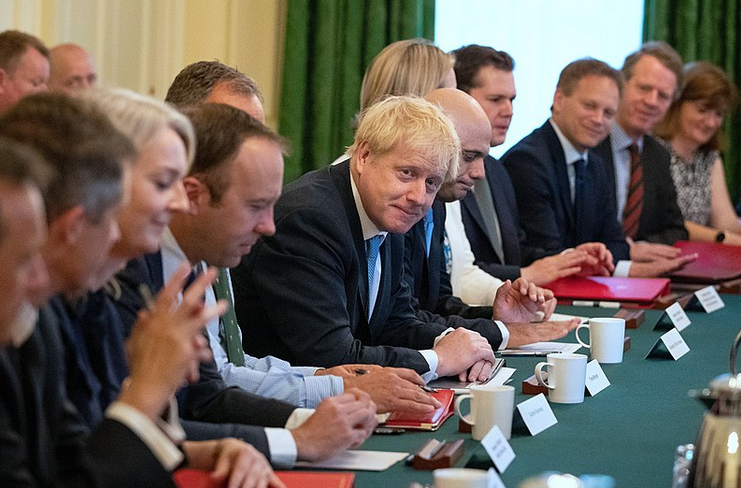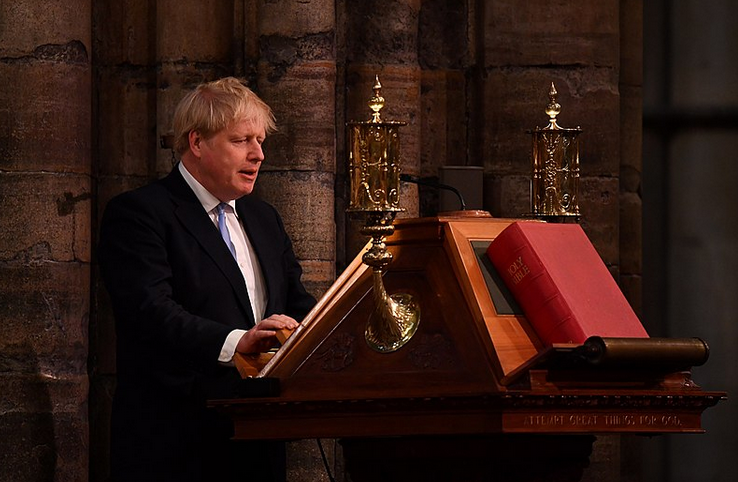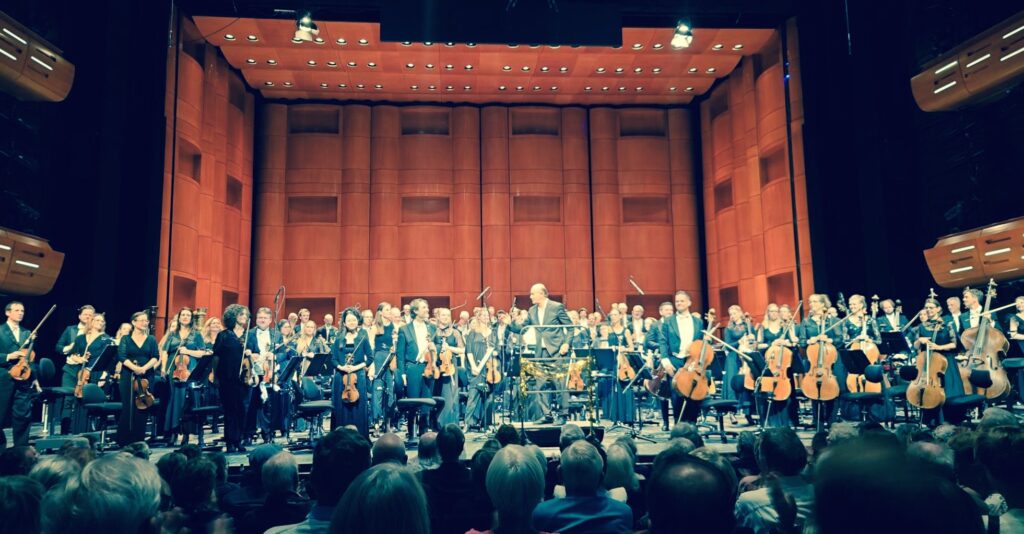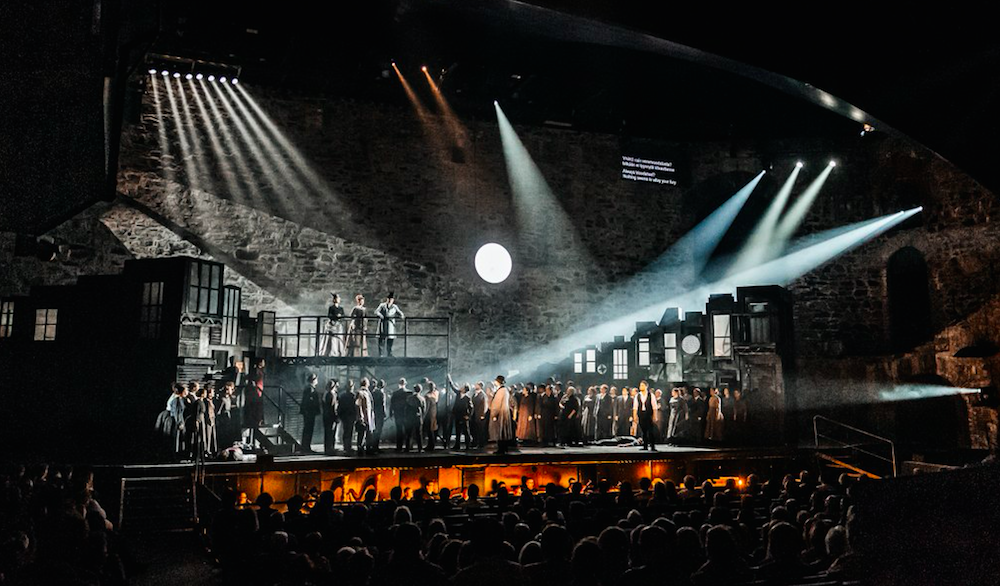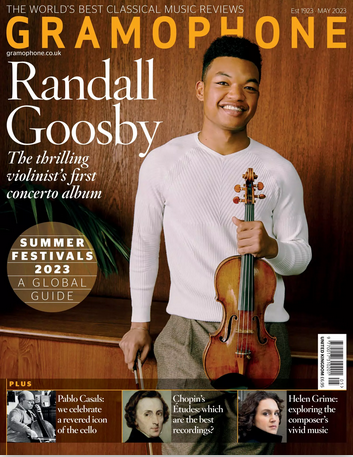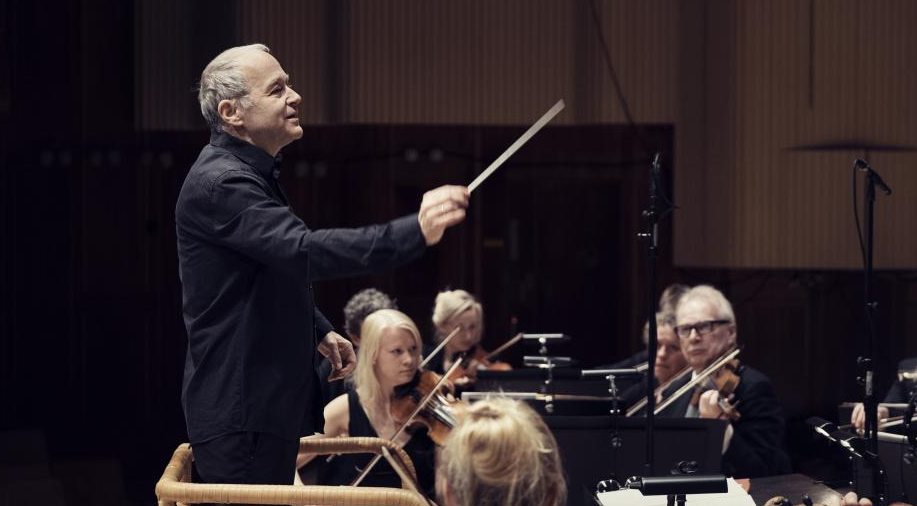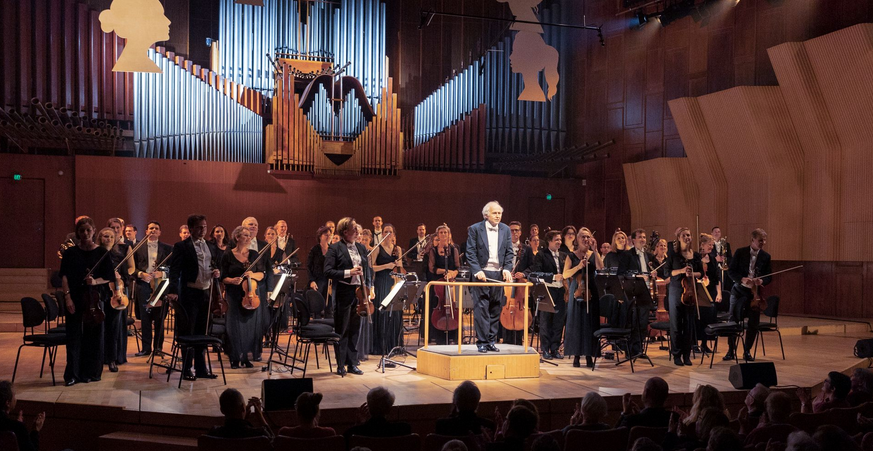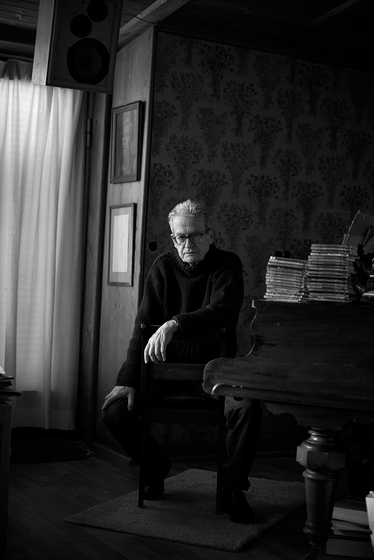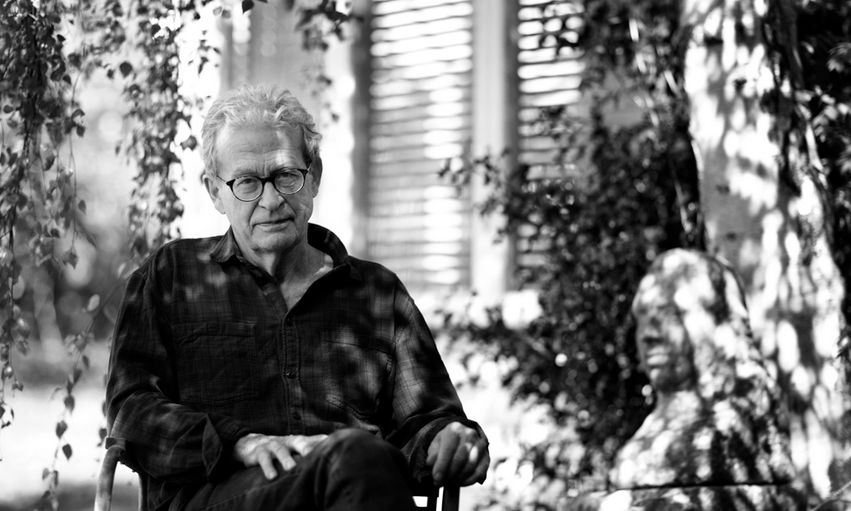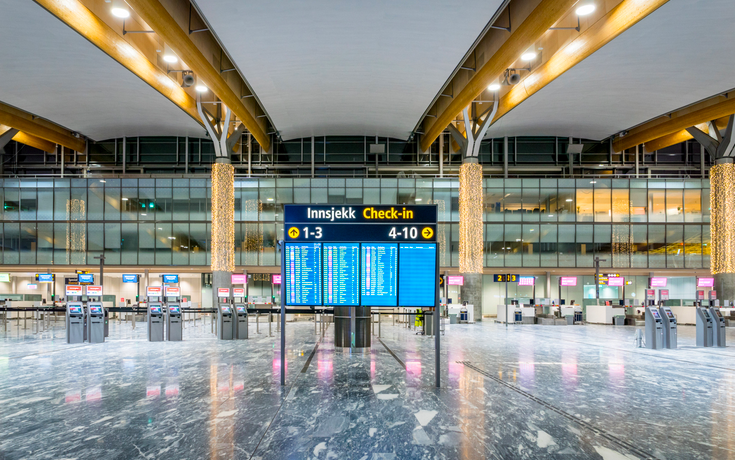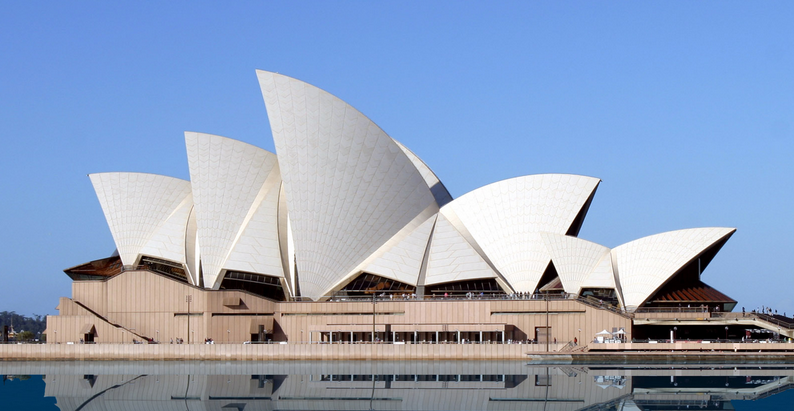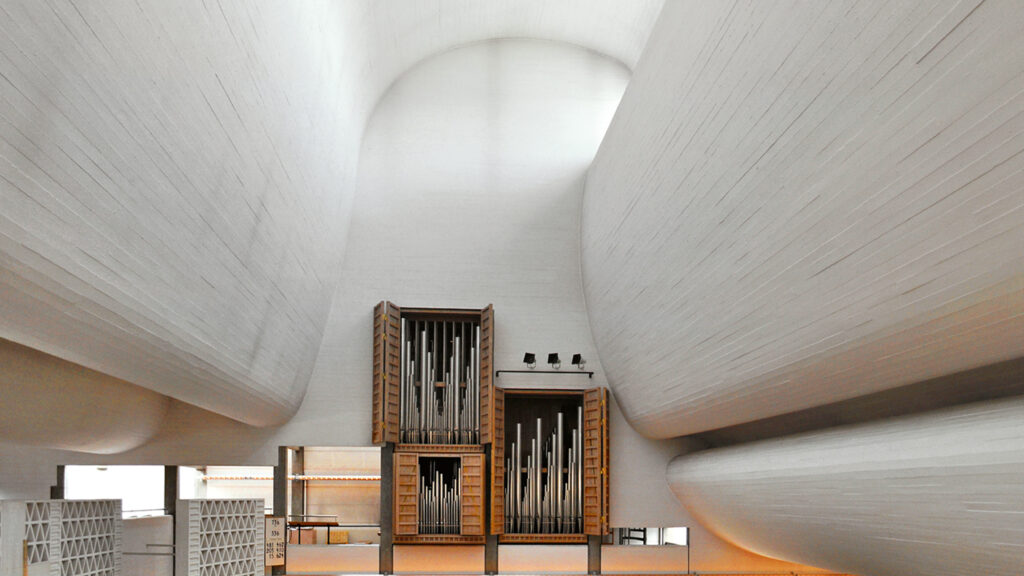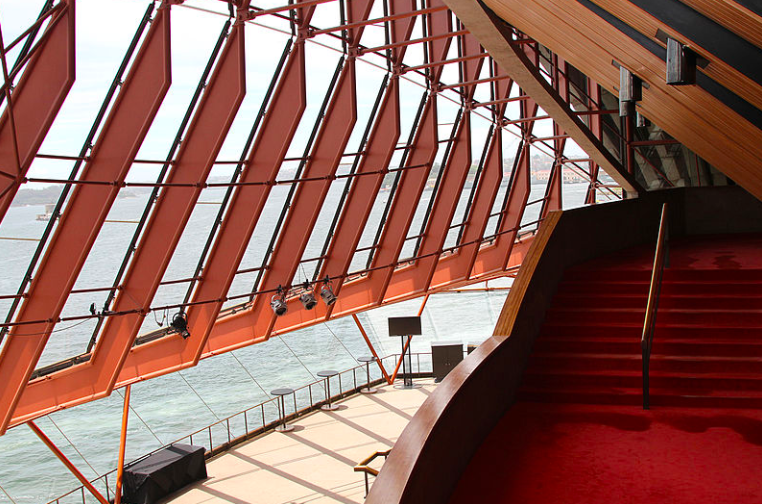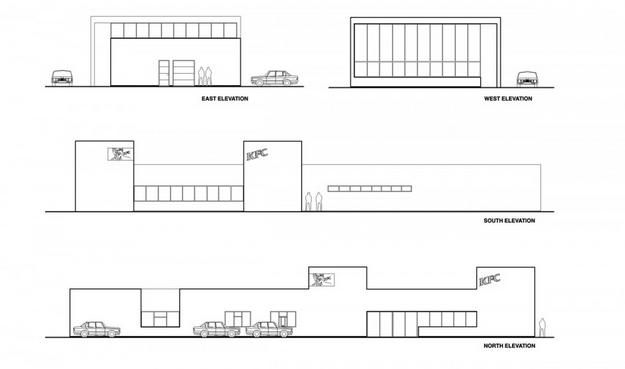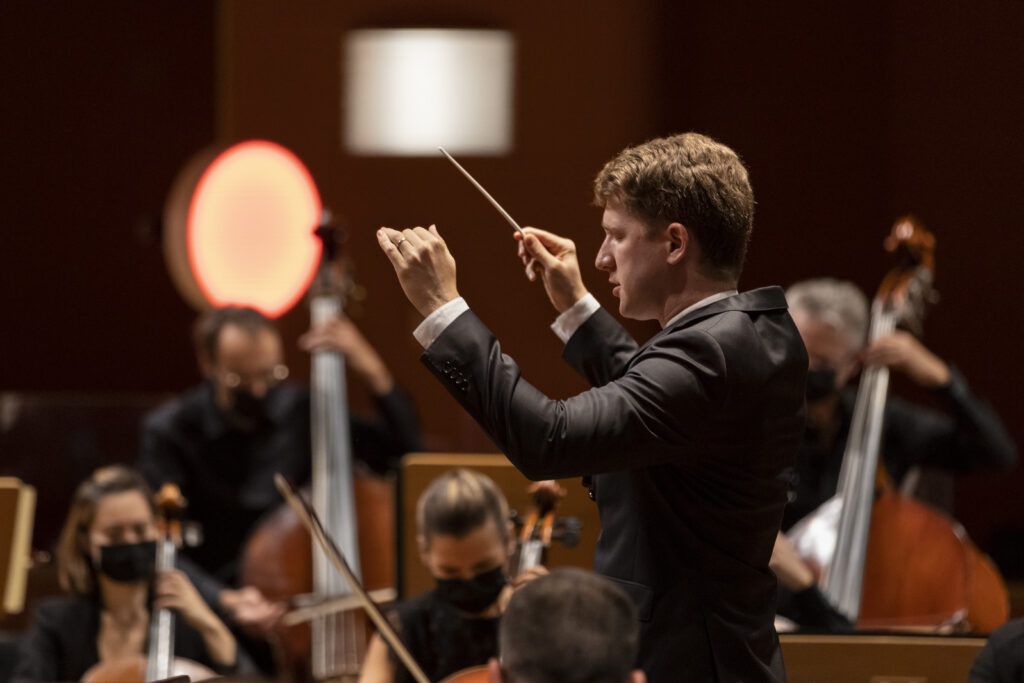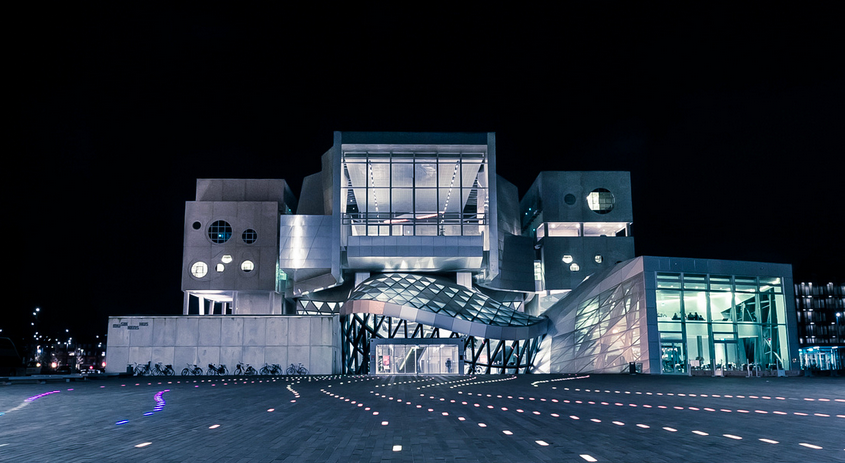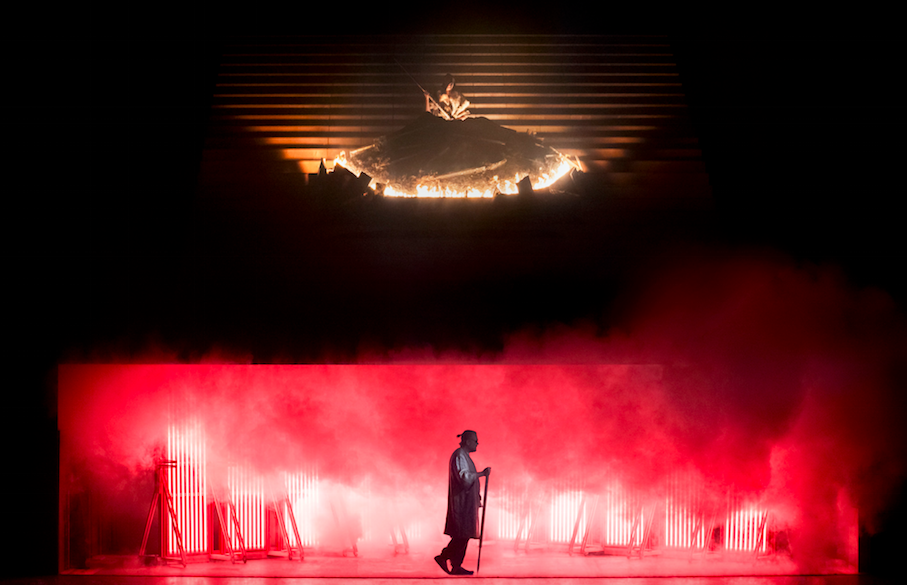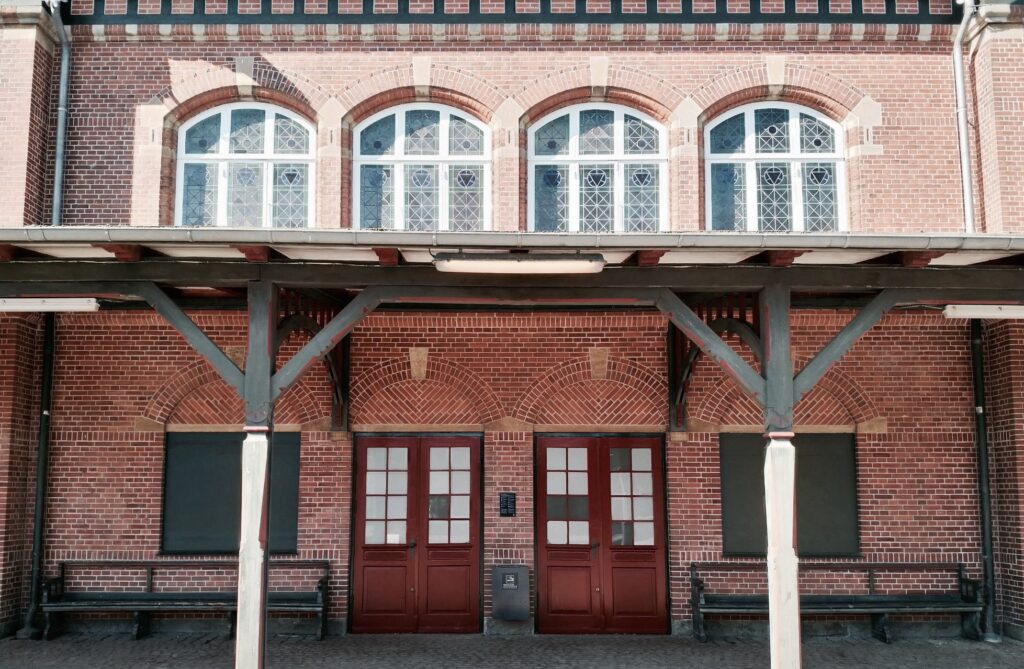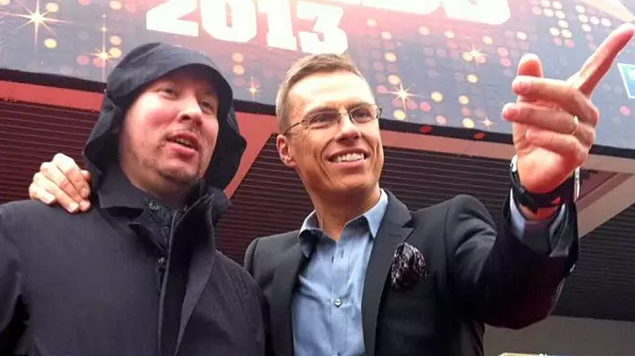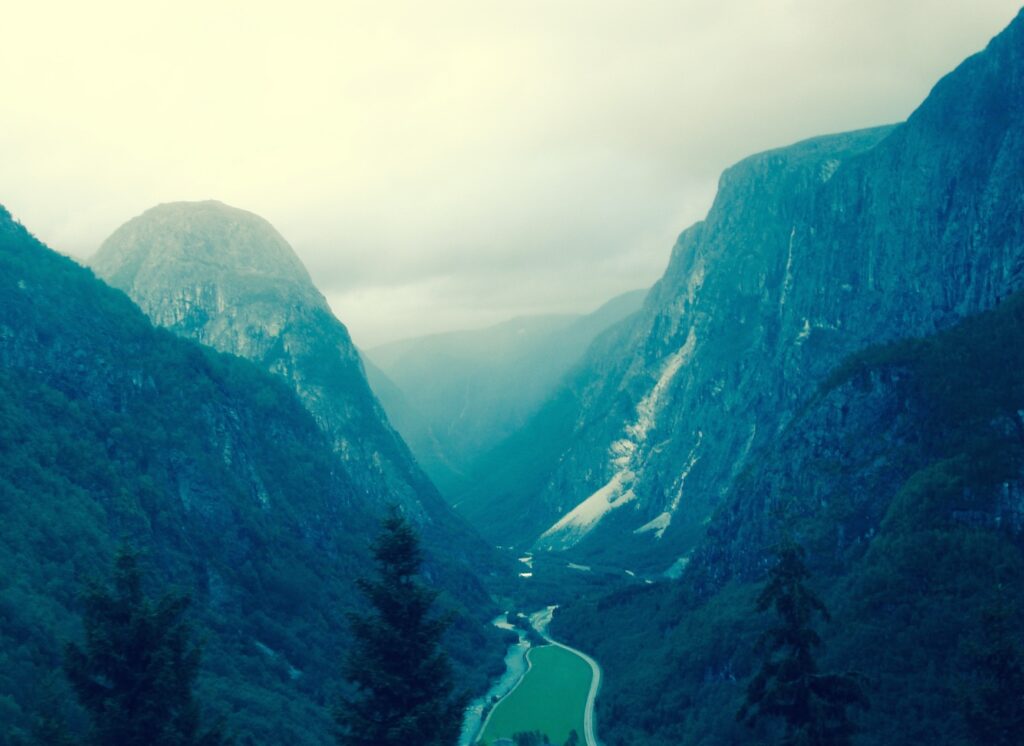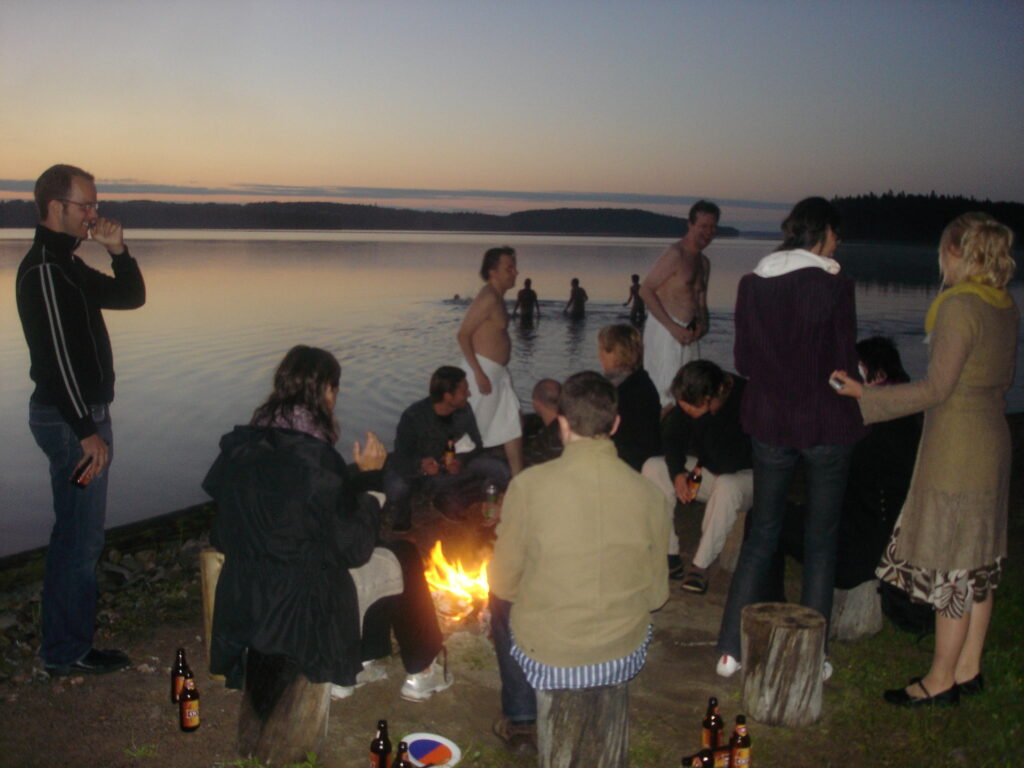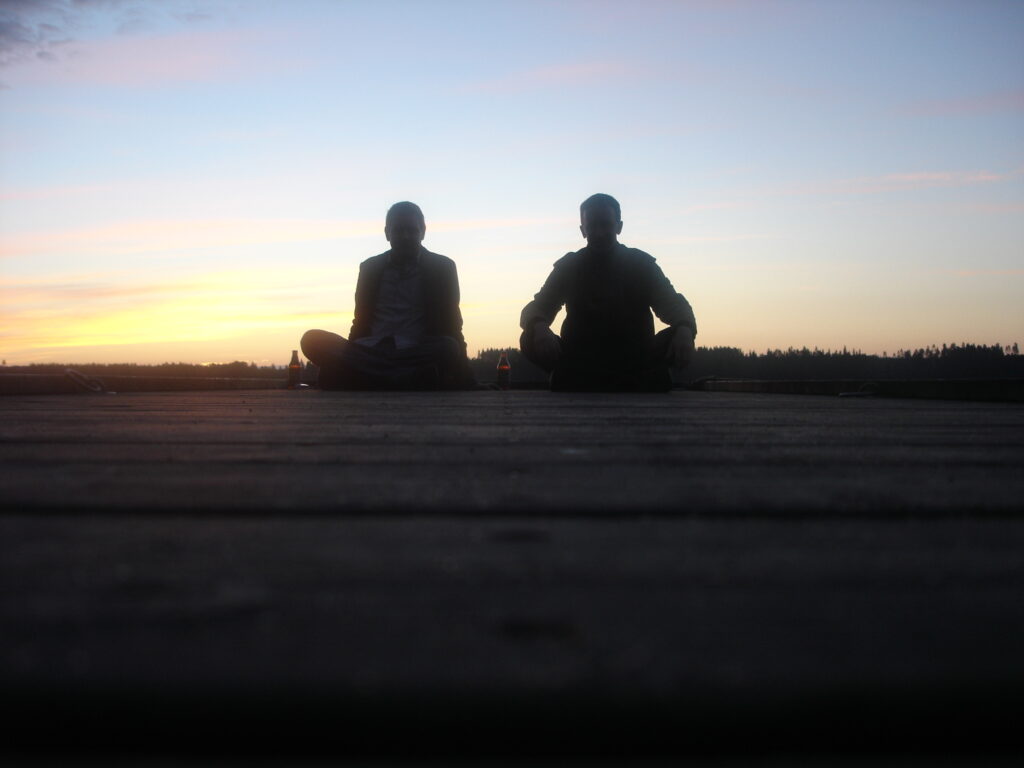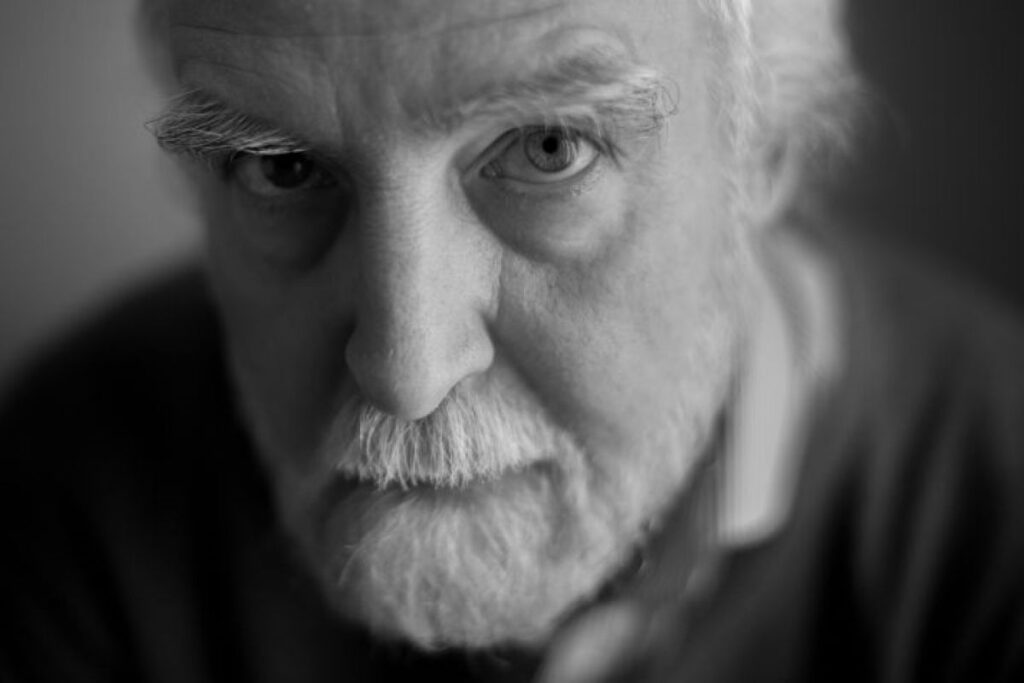I was invited to give the keynote speech at the Nordic Conductors’ Forum in Oslo in November 2023 – an event convened by Morten Wensberg of Dirigentloftet and the Oslo Philharmonic, comprising a conference and conducting masterclass led by Klaus Mäkelä. People have been getting in touch with me since to ask for a copy of the speech. Here it is.
What does a conductor do? I’m sure many of you here, whether or not you’re actually conductors, have been asked that question…maybe your heart has sunk because it’s so impossible to answer.
I was at a dinner in Colorado once, with lots of wealthy and important people…and me. There was a very well known conductor sitting up my end of the table.
And of course, it was only a matter of time before she was subjected to that very question.
‘So, like, you tell people when to play?’ someone asked. Hmm…
‘So, I guess you make sure they play together?’ Well…
Then a voice bellowed down from the other end of the table: ‘You basically have to make sure everybody in the room has a grrreat time!’
I think that last person might have been on to something.
I refer to it now, because it’s a horribly loaded and simplified question – that’s why I’m sure you cringe just a little whenever you hear it, as I do.
Anyway, ‘what does a conductor do?’ depends entirely on context. A better question is ‘what does a good conductor do?’
Being a chief conductor is different to being a guest conductor. Conducting Bach is different to conducting Szymanowski.
Conducting an opera production is different to conducting a concert.
Conducting the Dresden Staatskapelle is a different ball game to conducting the Oslo Philharmonic.
And perhaps most importantly of all, conducting in 2024 is a whole lot different to conducting in 2002.
That year, 2002, I got a job as a steward at The Bridgewater Hall in Manchester, in Britain, and would watch three different conductors leading three different orchestras every week. I became rather obsessed with the art of conducting then – or, at least, the art of conducting from the audience or critic’s perspective.
In the second decade of the twenty-first century, good emerging conductors tend to be highly perceptive human beings – within a musical context and away from it.
They need to be, arriving at different orchestras around the world on a Monday morning and dealing with the pressure of instructing more experienced, more comfortable musicians than themselves.
Maybe it’s a little like being at that dinner in Colorado: reading the room, working out how you’re going to behave, how you’ll be expected to behave, or how best to behave to make everyone else feel like they’re not being told how to behave.
As a travelling journalist I often find myself at dinners like this, with people who don’t know each other. And it strikes me that one person can usually, with some skill and subtlety, determine the mood and course of the dinner – whether it’s uptight and demonstrative, or low-key and communal.
That is one of the unspoken skills of the conductor – because that ability to put a varied group of people at ease, surely, is at the heart of what it is to be an effective leader of any sort in the twenty-first century. Only when they’re at ease, can musicians then tense up in the right way to make a performance catch fire.
I say the twenty-first century, because the art of conducting – like the art of management – has indeed changed. There was no desire on behalf of some of the great conductors of the past to make sure everyone in the room had a great time. The paradox, is that it still led to some miraculous performances.
When I was working in orchestral management fifteen years ago, it wasn’t expected that the Principal Conductor would dirty themselves with family concerts, community events or outreach work. The conductor was god: not to be approached. One member of staff was even told to remove her nose piercing before addressing him (this was in 2007).
It was actually a conductor who changed that – who recognized what a sterile, short sighted and moribund attitude that was, and enquired why he, as Principal Conductor, was not being asked to conduct family concerts. He became, I believe, the first Principal Conductor of a London symphony orchestra to do so. And he’s now Music Director of Germany’s best-funded opera house. He decided that family concerts and schools concerts were probably the most important concerts of the season.
That proves, I think, that the reason conducting has changed is that conductors have changed.
And the reason conductors have changed is that musicians have changed.
And the reason musicians have changed, is that societies have changed.
That’s why we’ve living in this great moment of convergence between the Nordic social mindset and the art of conducting. It’s surely the reason why every BBC ensemble in England now has a Principal Conductor from either Finland or Sweden.
It’s partly why Klaus [Mäkelä] is perhaps the most in-demand conductor in the world right now (though of course, that’s mostly down to his talent and individuality). And it’s why, we’ll doubtless be so impressed by the conductors we hear from today and tomorrow.
But this isn’t about nationality. It’s not about conductors with a certain colour passport being more talented or successful than others.
And yet, we have to ask ourselves: why is it that Nordic conductors have enjoyed such staggering success in the last 15 years? Why is it that orchestras in Los Angeles, San Francisco, Seattle, Minneapolis, Ottawa, Toronto, Bogotá, Tokyo, Seoul, Paris, Toulouse, Montpellier, Lyon, Rome, Lisbon, Prague, Saarbrücken, Cologne, Detmold, Amsterdam, Rotterdam, London, Manchester, Birmingham, Bournemouth, Glasgow, Cardiff, Wellington and Auckland would all appoint Principal Conductors from a small region of Europe with a collective population less than the state of Texas?
Arguably, there are straightforward reasons for that. Because up here in the Nordic region, a far greater proportion of kids are exposed to orchestral music, live and on television. And if they want to get more involved in it educationally, they can do so, effectively, for free.
Then there are the added bits and pieces: the experience those orchestra then offer to advanced conducting students, the exceptional setup at the Sibelius Academy and, again, the proliferation of orchestras that need conducting.
That’s all the micro-economics of making conductors. What about the bigger picture?
I’d argue that the tremendous success of Finnish and Scandinavian musicians – and of Nordic classical music in general – because we have to acknowledge that more music is commissioned from Nordic composers by orchestras outside the continental mainland than is commissioned from German, French and Italian composers put together. I’d argue that this is deeply connected to Nordic democracy and its view of the place of art in society, and the nature of the art that emerges from that.
The reason classical music and the Nordic region are having such a fertile moment right now, is that even while classical musicians are inherently aesthetically conservative, the performance and appreciation of music is deeply progressive. From Glasgow to Guangzhou, the sort of societies that musicians of all genres generally aspire to are actually those that already exist in the Nordic countries.
I come from a country that its still, effectively, ruled by a class system – that is so ridden with hierarchies and so hamstrung by an outdated, non-proportional voting system that it isn’t realistically possible for the populace to re-align its society along the lines the majority would like. Staggeringly few get access to meaningful music education. Those who do tend to come from the same very narrow social strata…and I know, because I am one of them. And right now, the arts institutions that try to put that right, are being aggressively dismantled.
I now live in a country that is constantly asking itself what sort of society it wants its populace to exist in, and has the ability to act on the results of those questions through a highly functional and pragmatic democracy in which everyone can, broadly speaking, vote for a party they believe in. That’s Denmark. The same is true, in general terms, of Norway, Sweden, Finland and Iceland.
I know that you Nordic folk tend to have a very Kierkegaardian outlook on life; that you like to celebrate the faults in your societies – and I admire that deeply. When congratulated on your success, you suck the air in between your teeth and say, with a resigned look, ‘well, it’s not quite as good as it seems’, or ‘there’s trouble coming down, the line’ or ‘there’s always room for improvement.’
That may be true. I also believe, by the way, that a deep complacency exists in certain corners of Nordic societies – particularly in the arts.
But even Nordic folk would have to concede, that when you look at independently audited global indeces pertaining to press freedom, lack of corruption, quality of air, effectiveness of education, re-offending rates of prisoners, the ability to speak foreign languages, and of course that golden egg ‘happiness’, the evidence speaks for itself.
The Nordic countries so often make up the top 5 in these lists that it’s become news when one of them drops embarrassingly into depths of the top 10, allowing countries like Canada or New Zealand to steal their place.
Is it any wonder, that in the art of conducting – the ultimate metaphor for listening, for empowering, for believing that a society is potentially more than the sum of its human parts – is it any wonder that the art of conducting is thriving in the Nordic region? Is it any wonder that the Nordic region is consistently producing conductors that orchestras around the world want to work with and that audiences want to hear?
Well, perhaps the story isn’t as simple as that – and perhaps that’s why we’re here today. Because we do face inequalities within the Nordic region when it comes to making world-class conductors – not least gender inequalities. And in more general terms, Finland, apparently, is way ahead of the rest of us. Denmark showed some signs of catching up but appears to be slipping back again. Norway, as you all know, has its eyes on the prize.
Of course, it’s not a competition. Creativity is never a competition, and artistic honesty can never come from a base desire for success. But we wouldn’t be here if we didn’t want to analyse what works and what doesn’t – and something evidently is working very, very well in Finland.
Can you apportion this to Jorma Panula and his successor Sakari? Perhaps, but that’s complicated by the fact that both accept students from around the world.
Can you apportion it to Finland’s unparalleled per-capita network of professional orchestras? Sure, but we have that to some extent in Norway, Denmark, Sweden and Iceland too.
Can you apportion it to the Sibelius Academy’s unique teaching methods, whereby students always work with a professional-level orchestra? Yes, to some extent.
Can you apportion it to Finns themselves: to that uncanny mix of idiosyncrasy and internationalism, of plain-speaking and poetry – to that singular Finnish ability to not feel the need to fill every chink of silence with blathering small-talk? Yes, to some degree.
Part of the reason we’re here is that the rest of the Nordic region sees no reason why they shouldn’t benefit from their own variants on those characteristics – to link the parts of the chain that already exist and have been so instinctively linked in orchestra-rich Finland. In so many ways, the Nordic countries are not that far apart at all.
Is it possible, that Norway can become ‘a nation of conductors’, as Dirigentløfet has promised? Of course it is, in the same way Erling Haaland can make it a nation of footballers, even if they’re not all destined to score 40 times a season for Manchester City.
Certain practical things need to happen for that to come to pass – this meeting and master-class is one of them, the huge infrastructure put in place by Talent Norway is another, and I’m sure Morten and many others in this room have the rest in hand.
I have limited experience in education and training, but after 8 years living in the Nordic countries, I have begun to recognize why what works here, works so well – even on those rare occasions when you don’t have large quantities of cash in play to lubricate decision-making.
When things do work well, it’s usually because Nordic folk are thinking of bigger things. In the flatter societies of the Nordic countries, where the goal of getting and spending money seems yet to have eclipsed some broader sense of a meaning to life, young people in particular aren’t in such perpetual desperation to secure their futures and reputations.
That’s maybe why we shouldn’t be talking about success in relationship to conducting at all. We should simply be talking about enjoyment through serious engagement – by encouraging passion and creativity, the sort that has seen Norway’s classical music life come to such astonishing maturity in the last 20 years, overtaking many European countries where classical music has deeper roots.
The longer I’ve spent in the Nordic countries, the more I have become fascinated by the very different way in which life and art interact here – by the airports that play birdsong and rippling water sounds (as opposed to chart dance music, where I come from), by towns that are focused on a performance venue (rather than a shopping centre, where I come from) and by the general sense that the best things in life are not monetized commodities.
Music is maybe the best example of that. Commercial music may have a huge presence in Scandinavia, Finland and Iceland. But fundamentally, music here enjoys a deeper place in the collective psyche, particularly vernacular music – a marker of the passing of the seasons and a cross-generational bonding agent. Music without the music industry, I’ll admit, is one of my favourite types of music – whatever it sounds like.
All this is linked to those indeces, to happiness, to the idea of a good society and to the values that good musicians tend to hold dear. Democracy, transparency, the pursuit of something bigger and better not so that it can make the pursuer richer and more famous, but so that everyone feel a bit better – so that everyone in the room have a great time!
Let’s put Jantelov aside, and be honest with ourselves. The Nordic countries have become a classical music powerhouse. Among the biggest tickets at the BBC Proms these days are Anna Thorvaldsdottir, Víkingur Ólafsson, Pekka Kuusisto, Klaus Mäkelä, Lise Davidsen, Else Dreisig. It’s Sakari Oramo’s BBC Symphony Orchestra that forms the backbone of the season, along with John Storgårds’s BBC Philharmonic and Anna-Maria Helsing’s BBC Concert Orchestra. People want to hear Klaus’s Oslo Philharmonic, Ed Gardner’s Bergen Philharmonic and the Gramophone record-of-the-year winner and orchestra of the year nominee, the Danish National Symphony Orchestra…to mention just symphony orchestras.
You have an open, baggage-free approach to music-making. Audiences sense that, and it’s what I found so overwhelmingly refreshing when I first started to experience it in the late noughties. And that’s why it seems sensible to try, as Talent Norway is, to create those last few links in the chain and lubricate some already fruitful processes.
The most admirable thing about wanting to make Norway ‘a nation of conductors’ is that it doesn’t make any claims to producing another Klaus – even that does indeed happen.
And that seems to me, a so very Nordic way of looking at the challenge: that if we look after the bottom and the middle, the top might not exactly look after itself, but will need a few nudges – like today and tomorrow – rather than major structural engineering.
This will create the sort of groundswell of musicians and musically curious that has seen Finland not just produce so many fine musicians, but created a situation in which orchestras in Tampere and Helsinki can sell-out truly esoteric concert programmes week after week.
It also means that when leading conductors do emerge, they’ll be wired right. They’ll know that it’s not all about them. They’ll know that the most important concert in a season might not be the one with the most expensive tickets. They’ll be aware of other musical cultures, other musical approaches and other whole artistic disciplines. They will make the future that the rest of us can’t even see coming.
They’ll know how the world works – better than us. One of the remarkable things about Klaus, by the way, is not that he carries with him the most extraordinary creative authority that doesn’t even manifest itself as authority, it’s that he does so while being absolutely of his generation: a generation that we in our forties and fifties love to bash, but which, like every generation, we have to trust will prove wiser than us. It already is doing.
So while Morten and Talent Norway are involved in some gentle if essential engineering, I trust and hope that young Nordic conductors can afford to be themselves.
And let’s end by going back that question at the dinner party: what does a good conductor do? A good conductor puts themselves second, maybe even third.
A good chief conductor has some small degree of personal awareness of the everyday domestic and professional challenges their colleagues in orchestras face.
A good conductor guards against nostalgia.
A good conductor embodies the change he or she wants to see – in a time when change is badly needed.
A good conductor, increasingly, is aware of the culture and populace of the city in which he or she is working…not just those who are already subscribers to their orchestras.
A good conductor recognizes cheap attempts to take unnecessary focus away from the music and yet, at the same time, a good conductor is aware of the wider communicative objectives of the organization he or she serves.
And yes, a good conductor needs an airline pilot’s calculation wedded to an orator’s ability to inflame. He or she is decisive, physically clear, self-critical, always listening and constantly able to contextualize.
If a conductor believes that music, creativity and reflection are absolutely at the heart of a society – and that these things are potentially a society’s greatest strength – then that conductor is probably a good conductor. Our advantage in Scandinavia, Iceland and Finland, is that it’s a whole lot easier to grow up believing that here, than almost anywhere else on earth.
Long may that continue. And yes, we will have to fight, all of us, harder and harder to preserve it.
I admire what you have built here in Norway deeply – apparently the only country in Europe establishing professional orchestras rather than simply preserving them, though for how long we don’t know.
Similarly, I am staggered by the values I always see on display in Finland – THE example to the world (and again, there are battles coming down the road there). Iceland and the Faroe Islands are musical miracles that almost defy description. I’m proud of what my adopted country Denmark is doing for the arts right now at a governmental level, and I often look across the Øresund with astonishment at how seriously arts and culture are taken in Sweden.
I wish this event and the long-term project that lies behind it every success, and I can’t wait to see and hear the results you reap.
Thank you.
[photo: Ole Wuttudal/Talent Norge)
Dirigentloftet
